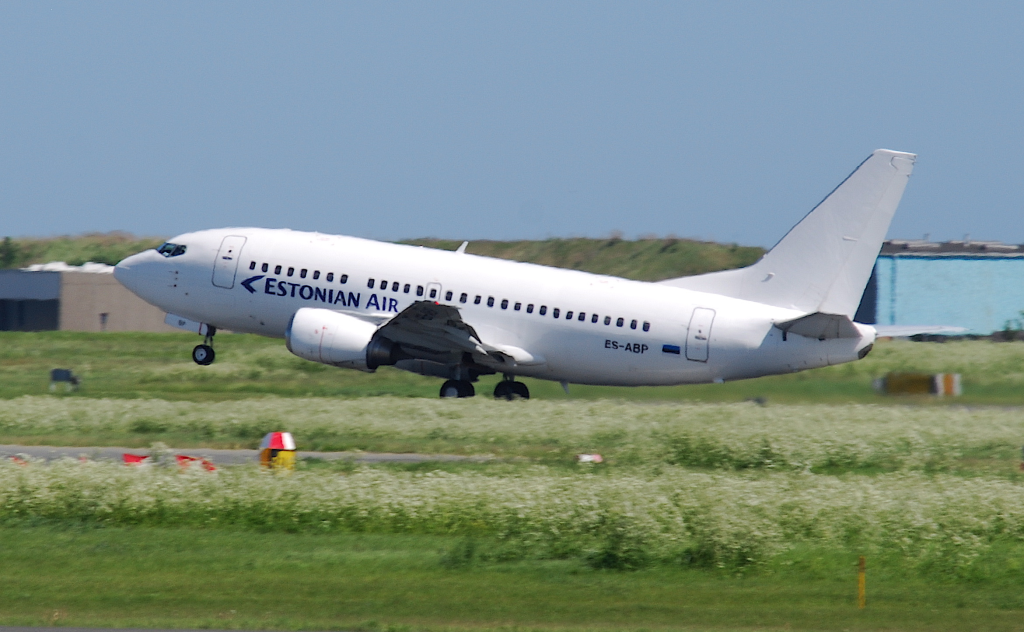
Russia’s sabotage campaign, cyberattacks, and airspace incursions are no longer a marginal irritant it is a persistent, multidomain attack on the security order of Europe. The European Commission has cautioned, led by Ursula von der Leyen, that unless strong action is taken, “the gray zone will only expand.” That warning follows as events multiply fighter jet incursions over Estonian air space, drones buzzing above Belgian and German military bases, and coordinated cyber penetrations against strategic infrastructure.

1. The Enlarging Gray Zone Threat
Statistics gathered by security analysts indicate that Russian attacks in Europe almost doubled from 2023 to 2024, and they range from transportation networks to government buildings and defense industries. The GRU, Russia’s military intelligence agency, has used units like 29155 and cyber units like Fancy Bear to carry out sabotage and electronic warfare. Techniques vary from GPS jamming of planes to anchor-dragging actions cutting undersea fiber-optic cables techniques with plausible deniability but with the potential to cripple communications and energy supply.
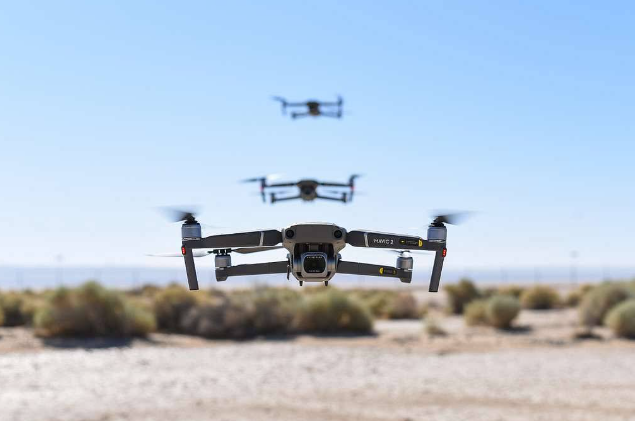
2. Technical Countermeasures in Air Defense
European response involves plans for a “drone wall” a multilayer system combining radar arrays, electro-optical sensors, and RF jammers that can detect, track, and neutralize unmanned aerial systems. Lessons from the battlefield of Ukraine have shaped the design: affordable interceptors, fast data fusion from decentralized sensors, and AI-enabled target classification to separate hostile drones from civilian air traffic. NATO Baltic Air Policing already records more than 300 annual interceptions of Russian air traffic, emphasizing the necessity of continuous, high-resolution surveillance and networked air defense.

3. Cyber Defense as a Strategic Enabler
Russian cyber operations, such as SVR’s Nobelium, have intruded upon thousands of networks across the world, as in the SolarWinds attack. European resilience approaches today focus on segmented network designs, zero-trust implementations, and proactive threat hunting. The EU-NATO Task Force for Resilience of Critical Infrastructure is working on harmonized playbooks for swift isolation of infected nodes, while national CERTs implement machine-learning models to identify unusual traffic pointing to spear-phishing or command-and-control attempts.

4. European Defence Industry Programme (EDIP)
The EDIP is designed to remedy the flaws of the previous European Defence Fund, which increased production but did not equip the militaries of Europe. By requiring that 65% of those projects funded by the EU be conducted on the continent, EDIP will stop the trend of two-thirds of procurement being awarded to U.S. companies. It also implements a European Military Sales Mechanism to keep advanced systems in Europe, offsetting the export-oriented tilt that left local forces under-equipped.
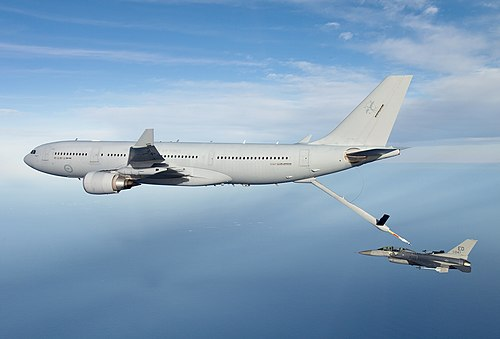
5. Production and Technological Innovation
European defense production is growing fast: ammunition production will surpass 2 million shells a year by 2025, and collaborative ventures like the European Sky Shield Initiative aim for integrated missile defense. Multilateral procurement arrangements, like the Netherlands-based fleet of multi-role tanker transport aircraft, illustrate how resource-sharing can provide strategic enablers air-to-air refueling, strategic lift that Europe has been dependent on the U.S. to supply.
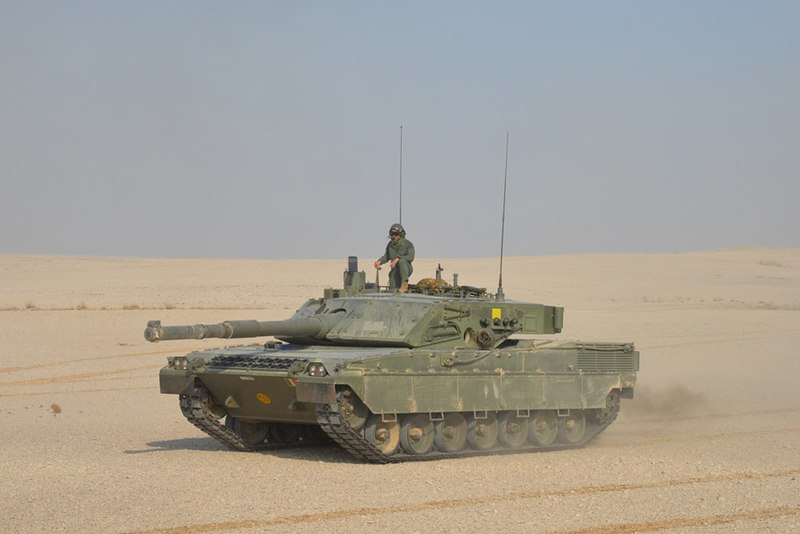
6. Interoperability Challenges
Notwithstanding advances in technology, Europe’s defense posture is afflicted by fragmentation 14 battle tank platforms and 30 helicopter models from Airbus alone, with many having limited cross-operability. The Franco-German Main Ground Combat System has been undermined by industrial rivalries, while concurrent Italian-German tank projects threaten further divergence. The defense planning process of NATO places emphasis on standardization but national inclinations towards distinctive datalinks and avionics continue.
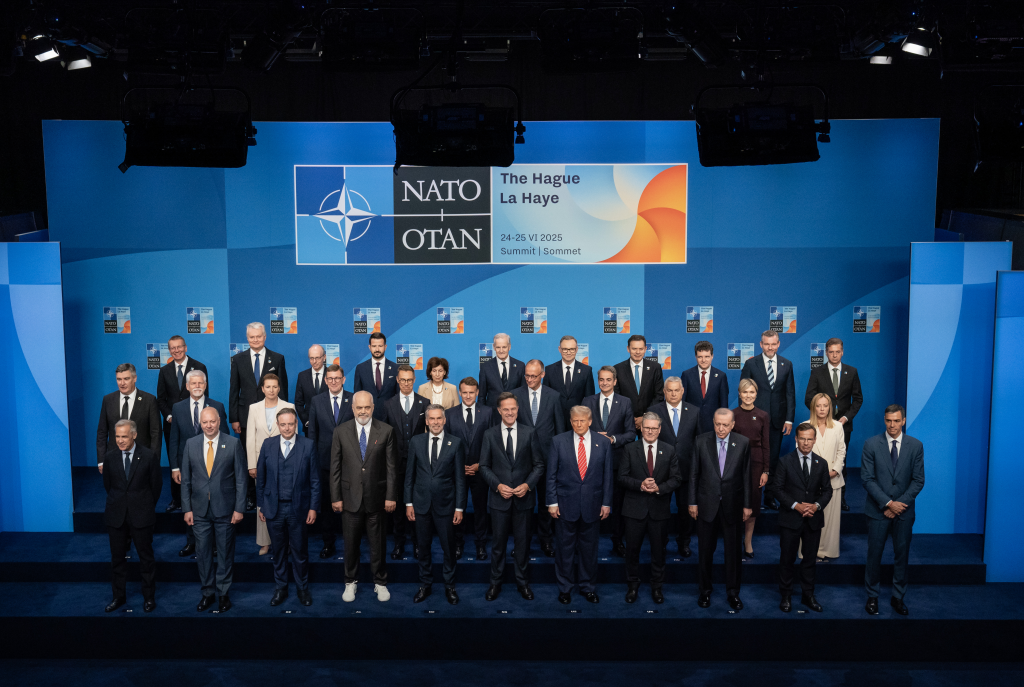
7. Institutional and Strategic Realignment
The mooted European Defence Mechanism (EDM) would fund joint procurement by borrowing from the capital markets, allowing for economies of scale and smoothing fiscal pressure on member states. By aggregating demand, the EDM could favor European contractors while leaving the possibility to access U.S. companies through majority board decision-making. This is consistent with the strategic imperative for creating a European pillar in NATO able to support high-intensity operations even if U.S. backing recedes.

8. Nordic-Baltic Hybrid Threat Response Blueprint
Nordic and Baltic countries, historically subject to Russian intimidation, have led legal and operational responses: limiting strategic real estate purchases by Russian citizens, halting state funding for Russian Orthodox Church organizations with intelligence ties, and hardening borders against weaponized migration. Their experience informs demands for EU-wide implementation of quick attribution procedures, cross-border intelligence fusion, and coordinated public communications to reduce the psychological effects of gray zone aggression.

9. Increasing the Cost to Moscow
Punitive measures have not been able to deter escalation. Calibrated offensive actions are encouraged by analysts capturing shadow fleet tankers, launching focused cyber attacks on Russian military-industrial nodes, and tightening sanctions on entities enabling sabotage. The strategic rationale is evident only through creating real costs can Europe influence Moscow’s calculation.
Von der Leyen’s 2030 roadmap will test whether Europe can integrate these strands technological innovation, industrial self-reliance, and coordinated deterrence into a coherent defense posture resilient against the next decade of hybrid warfare.


